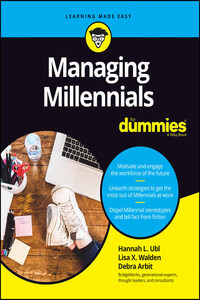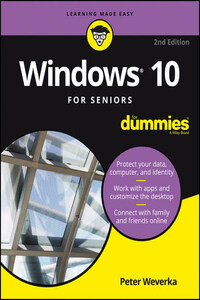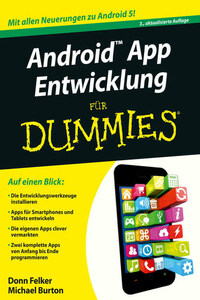Python For Kids For Dummies

Discover how Mike Butler managed 75 rental properties while working full-time as a police detective–before he hired any part-time help For many investors, landlording is a pain, but not for those who use Mike Butler's Landlording on Autopilot system. It's a simple, proven method for managing rental properties in your spare time–without the headaches. Mike Butler developed this system while he worked full time as a police officer. Before long, he was buying and managing dozens of properties–and consistently bringing in more than 100% of his rents. Includes free customizable, downloadable forms! Butler shares all the vital techniques of autopilot landlording: * Screening and finding great tenants you can trust * Training tenants to do your landlording work for you * Increasing your cash flow with a simple push-button management system * Using little-known tax breaks available to full-time or part-time landlords * Easily complying with landlording regulations and legal stuff you might not think of * Identifying the most profitable types of properties * Marketing and advertising your properties at little or no cost * Utilizing powerful, ready-to-use landlording forms * Getting rid of bad tenants quickly, safely, and cheaply when buying properties * Using creative tactics to consistently bring in more than 100% of the rent Once you've learned Mike Butler's system, you'll make more money in less time with less effort. Today, Mike Butler is retired from the police force and enjoys more than $1 million a year from his rental properties. Using the techniques and strategies of Landlording on Autopilot will help you achieve your dreams.







